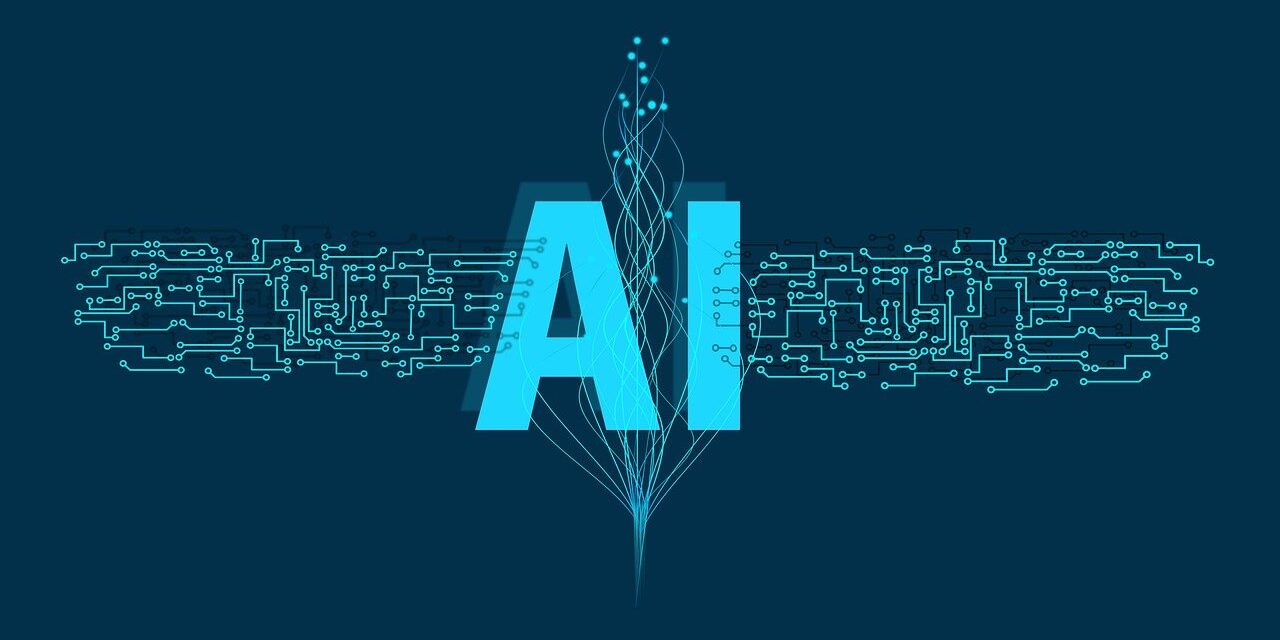Embarking on the AI Journey: A Comprehensive Guide for Beginners
Introduction
Are you intrigued by the world of Artificial Intelligence (AI) but unsure where to start? This comprehensive guide is tailored for beginners, providing a step-by-step journey through the fundamental concepts of AI. From the basics of machine learning to exploring advanced topics like reinforcement learning and natural language processing, this guide equips you with the knowledge and resources to dive into the dynamic field of AI.
Let’s go through the fundamentals of AI for beginners with examples. Artificial Intelligence (AI) is a broad field that focuses on creating machines capable of intelligent behavior. Here’s a step-by-step tutorial:
Understanding Artificial Intelligence
Definition: AI refers to the simulation of human intelligence in machines that are programmed to think like humans and mimic their actions.
Types of AI
- Narrow AI (Weak AI): Designed for a specific task (e.g., virtual assistants).
- General AI (Strong AI): Capable of performing any intellectual task that a human can.
Machine Learning (ML)
Definition: A subset of AI that enables machines to learn from data without being explicitly programmed.
Types of ML
-
- Supervised Learning: Learning from labeled data (input-output pairs).
- Unsupervised Learning: Finding patterns in unlabeled data.
- Reinforcement Learning: Learning from interactions with an environment.
Example: spam email detection using supervised learning.
Deep Learning
Definition: A subset of ML involving neural networks with multiple layers (deep neural networks).
Example: Image recognition using Convolutional Neural Networks (CNNs).
Natural Language Processing (NLP)
Definition: AI’s ability to understand, interpret, and generate human language.
Example: Chatbots, language translation, sentiment analysis.
Data and Feature Engineering
Data: Quality data is crucial for training AI models.
Feature Engineering: Selecting and transforming input variables (features) to improve model performance.
Example: Predicting house prices using features like square footage, number of bedrooms, etc.
Model Training and Evaluation
Training: Teaching the model to make predictions based on data.
Evaluation: Assessing the model’s performance on new, unseen data.
Example: Training a model to predict whether an email is spam or not.
Model Deployment
Deploying: Implementing the trained model into a system for practical use.
Example: Integrating a trained image recognition model into a mobile app.
AI Ethics
Fairness: Ensuring AI systems treat all individuals and groups fairly.
Transparency: Making AI systems understandable and explainable.
Example: Avoiding biased decisions in AI hiring tools.
Continual Learning
Adaptability: AI systems that can learn and evolve overtime.
Example: An AI system that continually improves its speech recognition capabilities.
Popular AI Tools and Frameworks
TensorFlow, PyTorch, scikit-learn for machine learning.
Natural Language Toolkit (NLTK), spaCy for NLP.
OpenCV for computer vision.
“The second part is now available. Click here to access it!”

